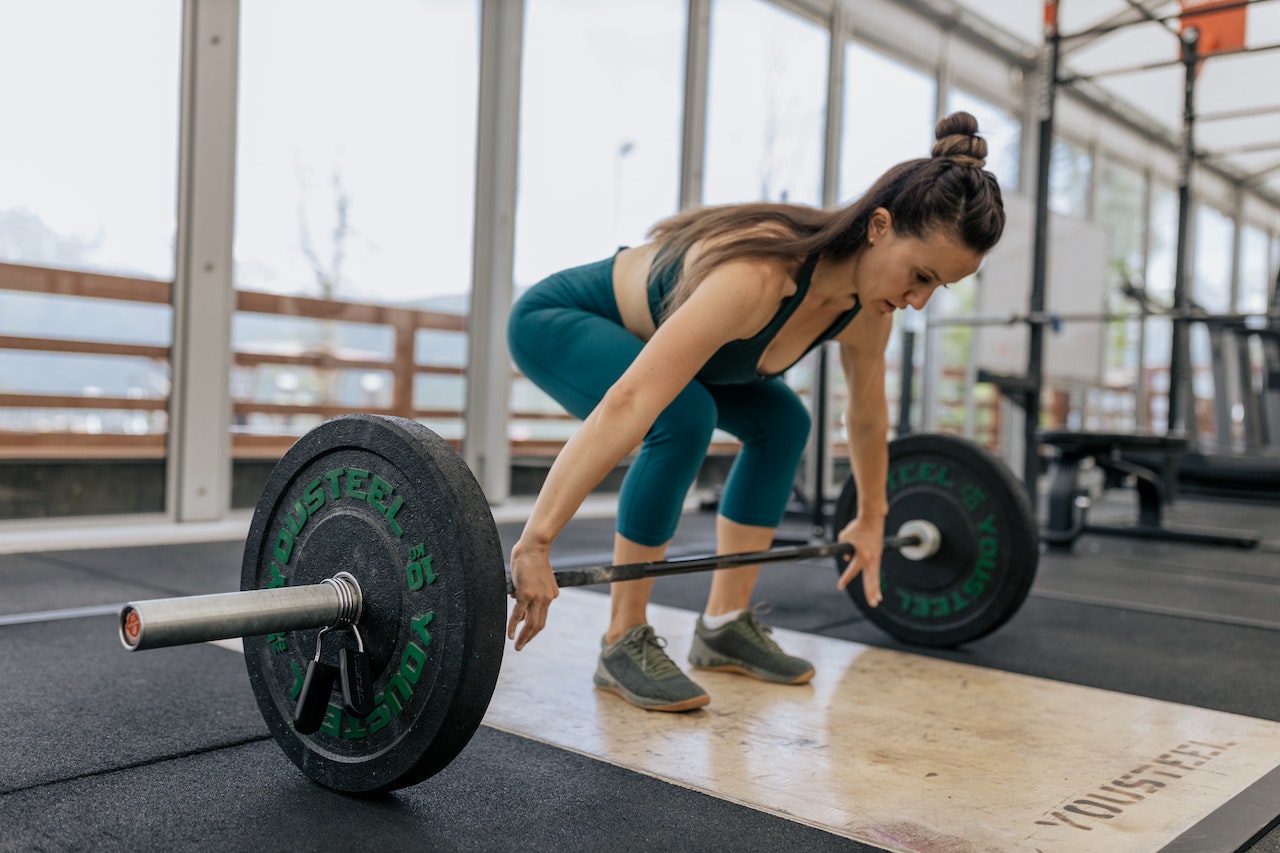
Deadlifts are one of the most effective exercises for building strength and muscle mass. Not only do they target multiple muscle groups, but they also help improve overall fitness and health.
In this post, we will explore the various benefits of deadlifts and why you should consider incorporating them into your workout routine.
-
Builds Strength and Muscle Mass
Deadlifts target multiple muscle groups, including the glutes, hamstrings, lower back, and core. By engaging these muscles, deadlifts help build overall strength and muscle mass. Additionally, they can help improve posture and reduce the risk of injury by strengthening the muscles that support the spine (Escamilla et al., 2002).
-
Increases Power and Athletic Performance
Deadlifts are a compound exercise that requires power and explosiveness. By performing them regularly, you can increase your power and athletic performance. This can be especially beneficial for athletes who need to generate explosive force, such as sprinters, jumpers, and weightlifters (Swinton et al., 2012).
-
Improves Grip Strength
Deadlifts require a strong grip to lift heavy weights. By performing deadlifts regularly, you can improve your grip strength. This can be beneficial for other exercises that require a strong grip, such as pull-ups and rows. Additionally, improving grip strength can also help with everyday activities, such as carrying groceries or opening jars (Faigenbaum et al., 2009).
-
Boosts Metabolism and Burns Fat
Deadlifts are high-intensity exercises that can boost your metabolism and help burn fat. By engaging multiple muscles at once, they require a lot of energy to perform. And this can help increase your overall calorie burn and promote weight loss (Kraemer et al., 2002).
-
Can Improve Cardiovascular Health
Deadlifts are full-body exercises that can get your heart rate up and improve cardiovascular health. So, by performing deadlifts regularly, you can increase your cardiovascular endurance and reduce the risk of heart disease (Swinton et al., 2012).
In conclusion, deadlifts are highly effective exercise that offers numerous health and fitness benefits. From building strength and muscle mass to improving athletic performance and cardiovascular health, deadlifts should be a staple in any workout routine. So, next time you hit the gym, consider adding deadlifts to your workout and enjoy the many benefits they have to offer.



